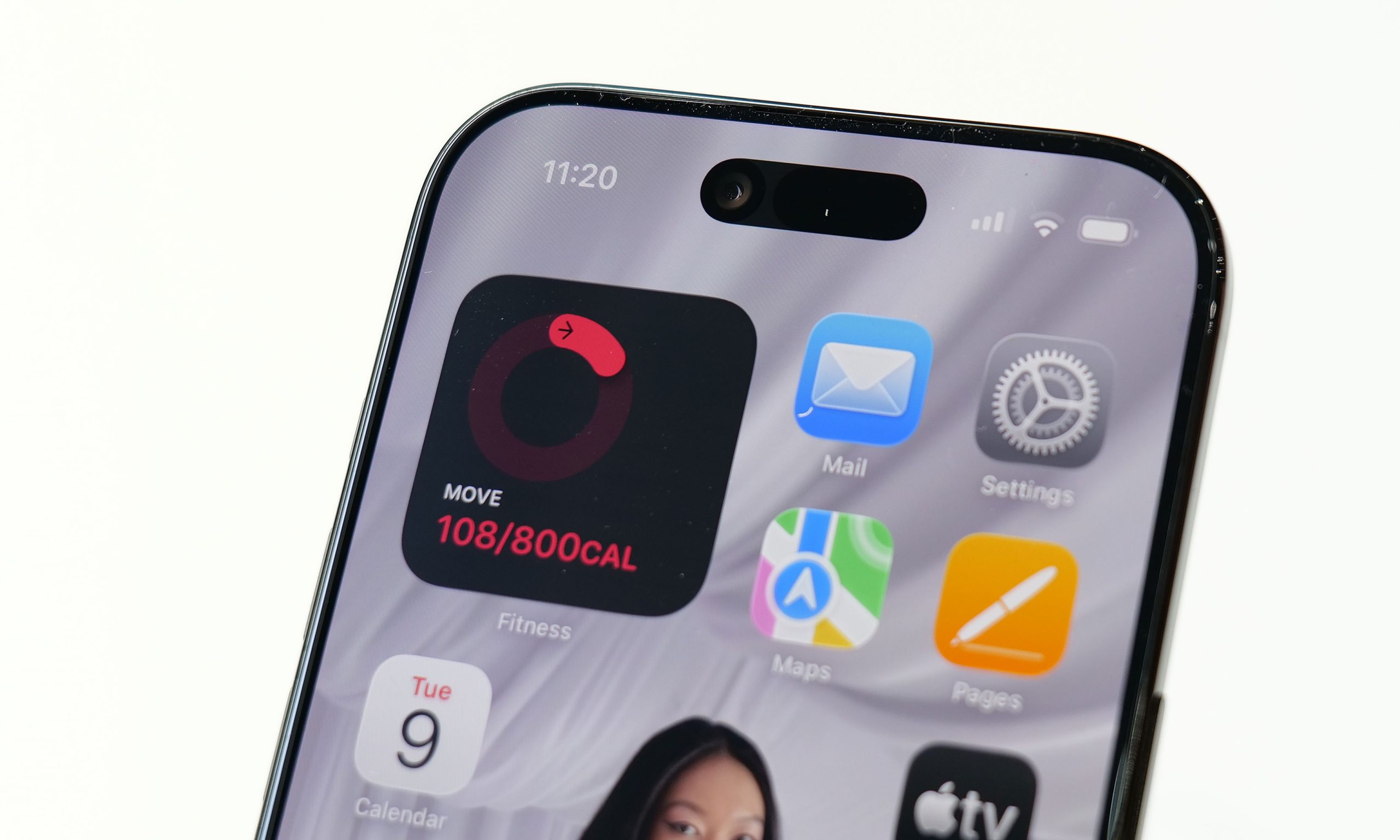The iPhone 17’s seemingly minor upgrade – a square front-facing camera – is a bigger deal than you might think. This seemingly subtle change, incorporating an 18-megapixel “Center Stage” camera, dramatically alters the selfie experience. No more awkward phone rotations for group shots or landscape selfies; Center Stage automatically adjusts, making it effortless to capture everyone. This intuitive feature is a testament to Apple’s design prowess and is likely to inspire similar innovations from competitors. The shift towards a square sensor signifies more than just a technological improvement; it’s a reflection of how central selfies have become in our digital lives.
The evolution of the selfie camera is a fascinating journey. While early attempts existed, the iPhone 4 and HTC Evo 4G, in 2010, truly launched the modern front-facing camera into the mainstream. Speedy mobile connections and powerful phones made sharing these personal snapshots easier than ever. The subsequent growth in selfie culture is undeniable, evidenced by the staggering 500 billion selfies Apple users took last year. Selfies are no longer a niche activity, embraced by teenagers alone, but a ubiquitous way to document life’s moments, personal and shared.
Selfies possess a unique intimacy; they aren’t merely records of location but authentic expressions of the self, capturing both individual and group moments. Apple’s improved selfie experience encourages greater selfie-taking frequency, further entrenching users within Apple’s ecosystem. This increased engagement translates to higher demand for storage and cloud services, creating a positive feedback loop of loyalty. The convenience of the square sensor and Center Stage discourages switching to alternative platforms, reinforcing brand loyalty.
Beyond still images, the impact of the square sensor extends to video calls and recording. Center Stage keeps the user centrally framed during FaceTime calls, eliminating the constant need for manual adjustment. It also streamlines video calls across different devices, preventing the awkward black borders often encountered in mismatched screen aspect ratios. Furthermore, this could boost the adoption of simultaneous front and rear camera recording, a feature enhanced by Center Stage’s stabilizing capabilities, something that hasn’t caught on widely despite attempts from other manufacturers.
While a higher resolution sensor would be welcome, the square sensor’s impact is far more profound. It addresses a fundamental challenge – ease of use – in a way that simply increasing pixel count cannot. This simple, intuitive improvement speaks volumes about Apple’s ability to anticipate user needs and create a more fluid and enjoyable mobile experience. The user-friendly features are likely to create a more integrated user experience, making users even more committed to the Apple ecosystem.
In conclusion, the iPhone 17’s square selfie camera is more than just a hardware upgrade; it represents a significant leap in the selfie experience. The simplicity and practicality of Center Stage’s automatic framing and landscape support will undoubtedly influence the industry. This subtle change not only improves the quality of selfies but also enhances the overall user experience, strengthening Apple’s position in the market and forging deeper connections with its loyal customers. The impact of this seemingly small alteration should not be underestimated.

